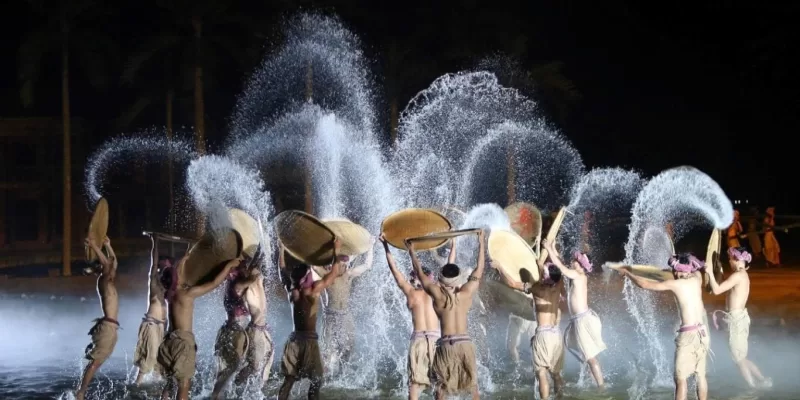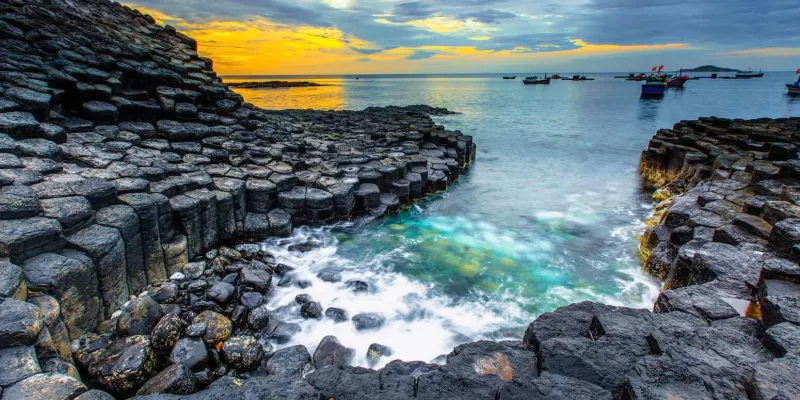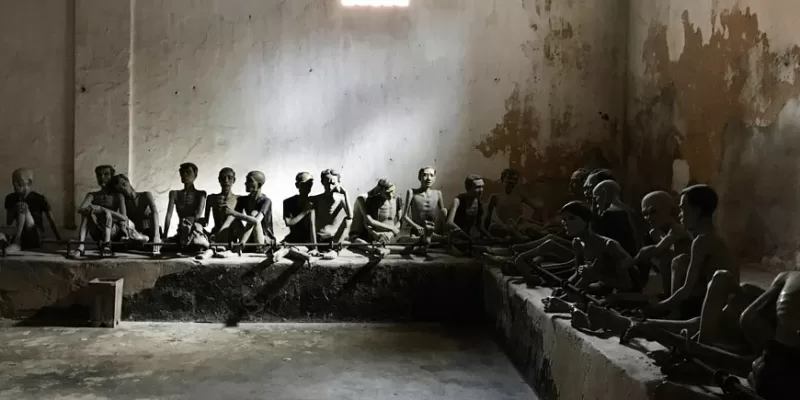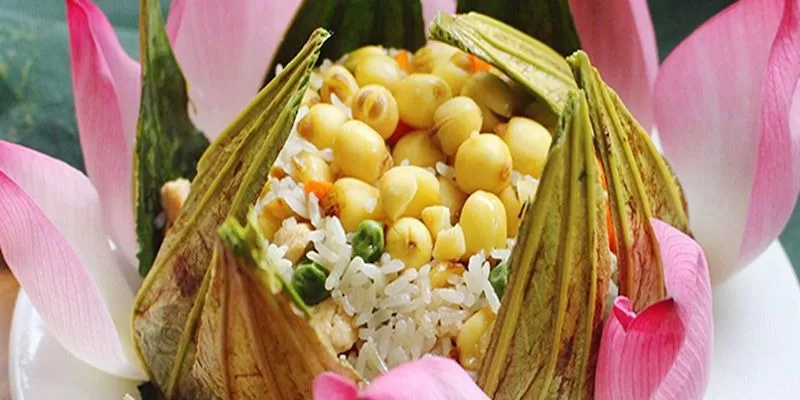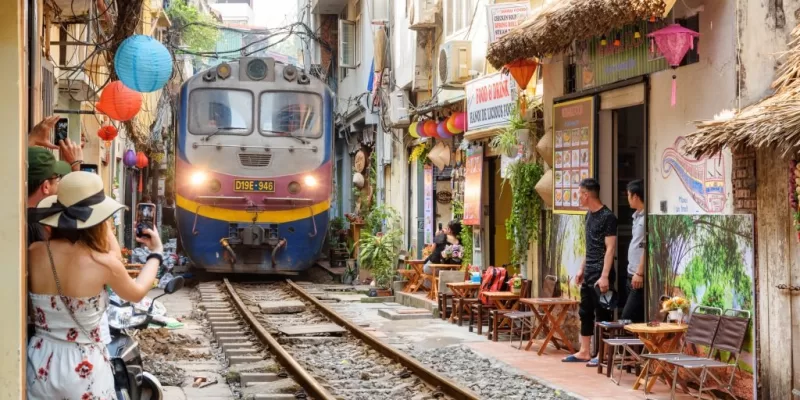Vietnam, a country of incredible diversity and captivating contrasts, awaits the intrepid traveler with open arms. From the bustling streets of Hanoi to the serene beauty of Ha Long Bay, the ancient city of Hue to the lantern-lit streets of Hoi An, and the vibrant energy of Ho Chi Minh City to the tranquil landscapes of the Mekong Delta, Vietnam offers a multitude of experiences that enchant the senses. Yet, to truly savor the essence of this Southeast Asian gem, timing is key.
Vietnam’s diverse geography and climates result in distinct seasons throughout the year, each with its own unique charm. Choosing the best time to visit can greatly influence the quality of your experience. Whether you prefer to bask in the warmth of the sun on pristine beaches, immerse yourself in rich cultural festivals, or explore lush landscapes at their most vibrant, understanding Vietnam’s seasons is your passport to an unforgettable journey.
In this comprehensive guide, we’ll walk you through the best time to visit the various regions of Vietnam, taking into account the weather, cultural events, and the preferences of different types of travelers. Get ready to discover the perfect season for your Vietnam adventure, ensuring that your trip is as memorable as this captivating country itself.
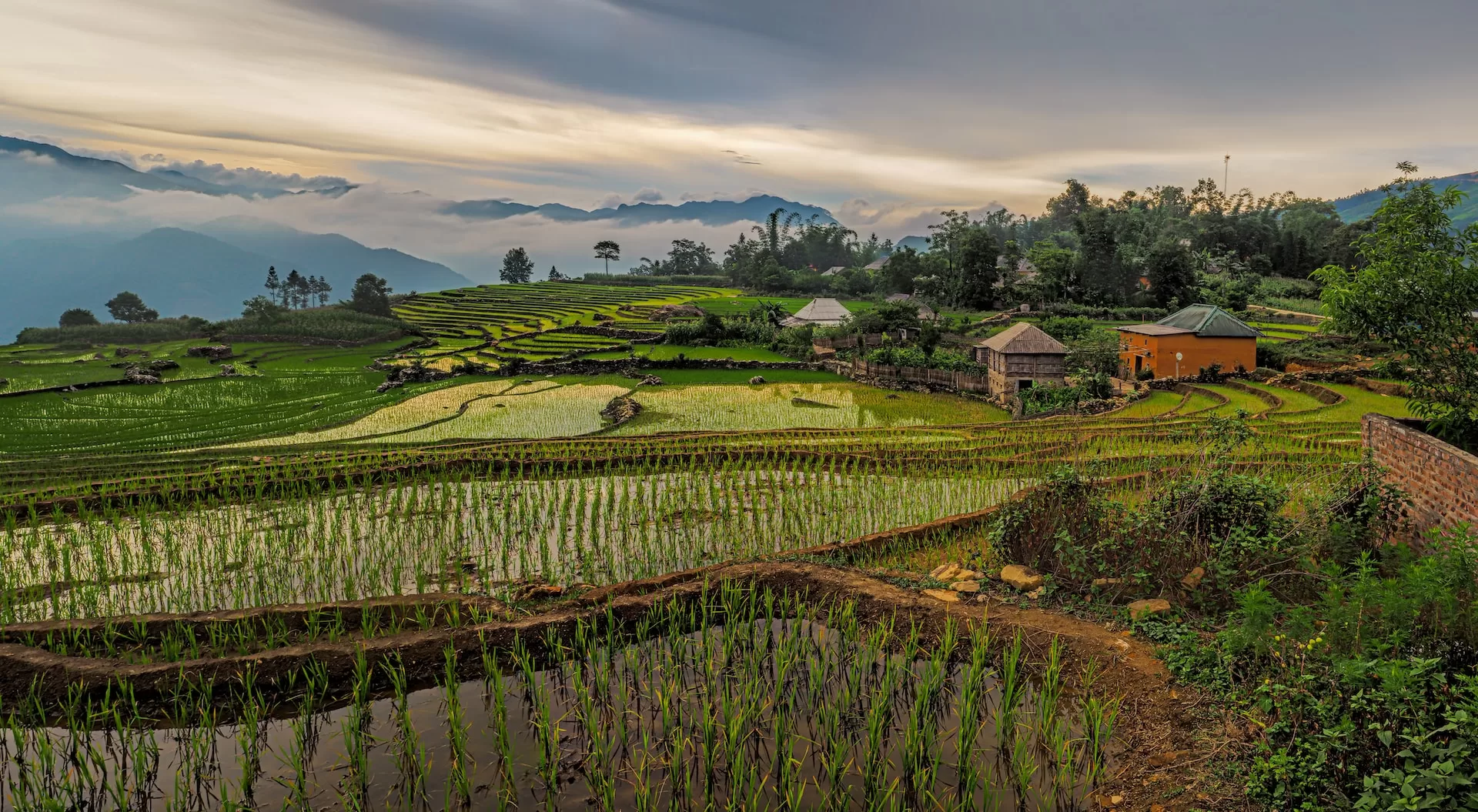
Seasons in Vietnam

Vietnam experiences three primary seasons, each with its distinct characteristics. Here are the seasons in Vietnam:
Dry Season (Winter) – November to April:
- November to February: These months mark the cool, dry season in the north of Vietnam, including Hanoi. It’s a popular time for tourists due to the pleasant weather, with cooler temperatures and clear skies.
- March and April: Spring arrives, bringing warmer temperatures. This is an excellent time for trekking in Sapa and enjoying blooming flowers in various regions.
Wet Season (Summer) – May to October:
- May to September: These months constitute the wet season in most of Vietnam. Rainfall is heaviest in June, July, and August. The south, including Ho Chi Minh City and the Mekong Delta, experiences more consistent rainfall throughout the season. Travelers to the central coast should be cautious of potential typhoons.
- October: The rains start to subside, leading to more favorable conditions for travel. This is an ideal time to explore the terraced rice fields in the northern mountains.
Transitional Seasons (Autumn and Spring):
- April to June (Autumn): During these months, Vietnam transitions from the wet season to the dry season. The weather becomes more pleasant, especially in the north.
- October to December (Spring): This season marks the transition from the dry season to the wet season. Temperatures are moderate, and the landscape is lush and green.
It’s important to note that the timing and intensity of these seasons can vary depending on the specific region in Vietnam. The north experiences more defined seasonal changes, while the south has a tropical climate with less variation. When planning your trip, consider the weather and the type of experience you desire, whether it’s beach vacations, trekking, or cultural exploration.
Best Time to Visit Northern Vietnam (Hanoi, Sapa, Halong Bay):
November to April:
- November to February: These months are considered the best time to visit Northern Vietnam. The weather is cool and dry, making it pleasant for exploring Hanoi, trekking in Sapa, and cruising in Halong Bay. Clear skies and comfortable temperatures characterize this period.
- March and April: Spring arrives, bringing milder temperatures and blooming landscapes. It’s an excellent time for outdoor activities and witnessing the beauty of cherry blossoms in Hanoi and surrounding areas.
Best Time to Visit Central Vietnam (Hue, Da Nang, Hoi An):
February to August:
- February to April: These months mark the beginning of the dry season in Central Vietnam. The weather is warm and comfortable for sightseeing, particularly in Hue, Da Nang, and Hoi An.
- May to August: During these months, Central Vietnam experiences the peak of the dry season. Clear skies and sunny days make it an ideal time for beach vacations. Be mindful that the temperatures can get quite hot in July and August.
Best Time to Visit Southern Vietnam (Ho Chi Minh City, Mekong Delta):
November to April:
- November to February: The dry season in Southern Vietnam brings pleasant weather for exploring Ho Chi Minh City and taking Mekong Delta tours. Humidity is lower during this time, making it more comfortable for outdoor activities.
- December to April: This is considered the best time for exploring the Mekong Delta, as the river levels are high, and the landscape is lush.
Please note that these timeframes are general guidelines, and weather conditions can vary from year to year. It’s important to check the specific weather forecasts for your travel dates and make reservations well in advance, especially if you plan to travel during the peak season. Additionally, consider your preferences and the activities you wish to pursue when deciding the best time to visit each region of Vietnam.
Festivals and Events in Vietnam:
- Tet Nguyen Dan (Lunar New Year): Celebrated in late January or early February, Tet is Vietnam’s most significant and vibrant festival. It marks the beginning of the lunar new year and is a time for family reunions, fireworks, and traditional ceremonies.
- Hoi An Lantern Festival: Held on the 14th day of each lunar month, Hoi An’s Lantern Festival transforms the ancient town into a mesmerizing sea of colorful lanterns, creating a magical atmosphere.
- Perfume Pagoda Festival: Taking place from January to March, this festival in Hanoi attracts pilgrims to the Perfume Pagoda, where they take boat trips, hike, and participate in spiritual activities.
- Hue Festival: Occurring every two years (odd years), the Hue Festival showcases the cultural heritage of the former imperial city of Hue through performances, art exhibitions, and traditional rituals.
- Reunification Day (April 30) and International Workers’ Day (May 1): These public holidays are celebrated with various events, parades, and fireworks throughout the country.
- Mid-Autumn Festival (Tet Trung Thu): Celebrated on the 15th day of the 8th lunar month, this family-oriented festival is especially popular among children and features lantern parades and mooncake sharing.
Sample Itineraries for Vietnam:
1. Exploring Northern Vietnam in November (9 Days):
- Days 1-3: Explore Hanoi’s rich history and culture.
- Days 4-6: Trek through the terraced rice fields and ethnic villages in Sapa.
- Days 7-9: Cruise through the stunning landscapes of Halong Bay.
2. Central Vietnam in April (7 Days):
- Days 1-3: Discover the imperial city of Hue, with its historic citadel and royal tombs.
- Days 4-5: Enjoy the charm of Hoi An and its lantern-lit evenings.
- Days 6-7: Relax on the beautiful beaches of Da Nang and visit the Marble Mountains.
3. Southern Vietnam in December (10 Days):
- Days 1-4: Explore the bustling streets of Ho Chi Minh City and learn about its history.
- Days 5-7: Discover the Mekong Delta’s floating markets and villages.
- Days 8-10: Experience the serene beauty of Phu Quoc Island’s beaches and lush landscapes.
4. Lunar New Year Celebrations in Hanoi (5 Days):
- Days 1-2: Immerse yourself in the Tet celebrations in Hanoi, with flower markets and traditional customs.
- Days 3-5: Take a trip to Ninh Binh to explore its natural beauty and ancient temples.
These sample itineraries offer a starting point for your Vietnam travel plans, but they can be customized to suit your interests and the best time to visit. Be sure to consider the specific festivals and events you’d like to experience during your trip, as they can add a unique cultural dimension to your journey.
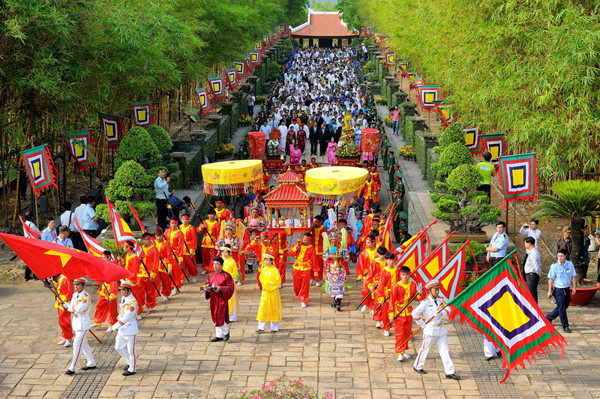
Discover the beauty, culture, and wonders of Vietnam with Wonderscape Travel. Your adventure of a lifetime awaits – explore our tailored itineraries and start planning your unforgettable journey today. Let’s make your dream trip to Vietnam a reality!




